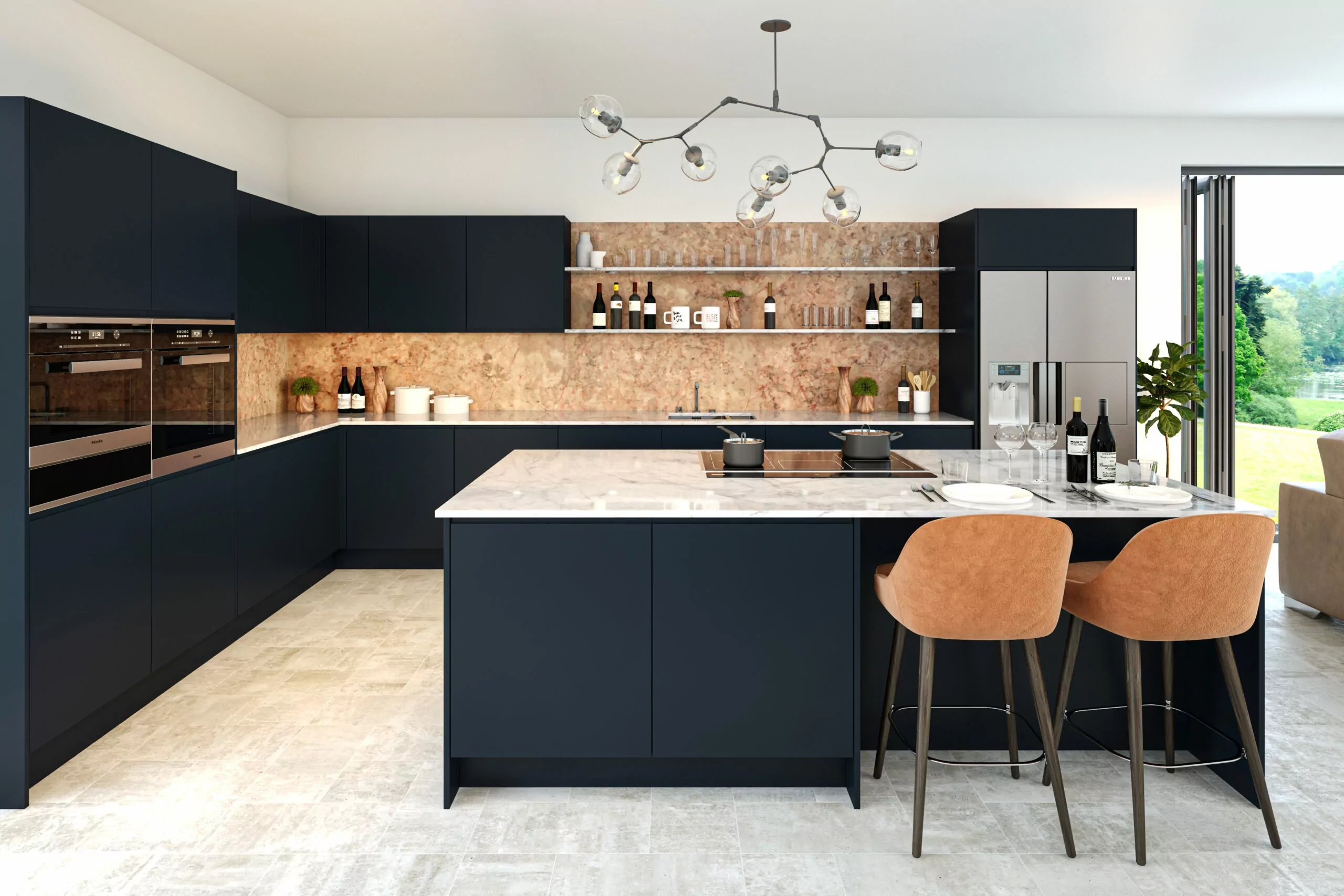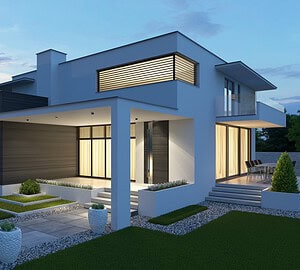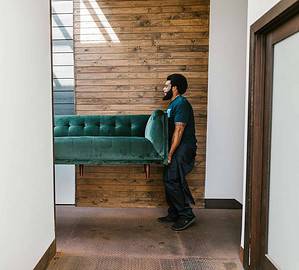According to HomeAdvisor and the leading kitchen and bath remodeling company in New Jersey, Mudosi Kitchen and Bath, their analysis of customer data reveals that cabinets are the most expensive components in kitchen remodeling projects.
A kitchen remodel can be an exciting and transformative project for any homeowner. Whether you are looking to update your outdated space, increase functionality, or enhance the overall aesthetics of your kitchen, remodeling offers numerous benefits. However, one major consideration that often comes with a kitchen renovation is cost. On the other hand, understanding where most of the expenses lie can help you plan and budget accordingly. In this blog post, we will delve into various aspects of a kitchen remodel and identify which part tends to be the most expensive.

Overview of Various Expenses in a Kitchen Remodel
There are several expenses involved in a kitchen remodel, including:
1. Cabinets: The cost of new kitchen cabinets can vary greatly depending on the materials used and the size of your kitchen. Custom-made cabinets tend to be more expensive than stock or semi-custom options.
2. Countertops: The price of countertops depends on the material chosen, such as granite, quartz, marble, or laminate. Natural stone options like granite or marble are generally more costly compared to laminate.
3. Appliances: Upgrading old appliances with newer models will add significant costs to your renovation budget. Prices for appliances like refrigerators, ovens, ranges, and dishwashers can vary widely based on the brand and features desired.
4. Flooring: Whether you choose hardwoods, tile, or vinyl flooring installation entails labor costs in addition to material prices.
5. Lighting fixtures: Installing new lighting fixtures is important both for functionality and aesthetics but it comes at an expense too; hiring electricians might also be necessary during this process.
6. Plumbing fixtures: Replacing sinks and faucets requires not just buying these items but may require professional assistance if there’s any pipework modification needed during installation.
7. Painting and Wallpapering – Refreshing walls with paint or wallpaper adds another layer of expenditure when completing a most extensive remodel.
8. Hardware and Accessories – Depending upon desire and taste, some homeowners would want their kitchens equipped completely so that the furniture they have fitted into the place is error-free.
9. Permit Fees- Acquiring required construction permits usually involves application fees and inspection charges. Additionally, taxes and legal specifications are not included before the agreement’s validity.
Cabinetry: The Focal Point of Cost
When you’re thinking about renovating your kitchen, perhaps there is no other component that has a more significant impact on appearance than cabinetry. There are traditional stained wood cabinets, simple Shaker-style cabinets, modern colorful, and laminated options, and other designs to choose from. However, you need to keep in mind that the costs of kitchen cabinets differ, and it all depends on your needs.
Factors Influencing Cabinet Costs
1. Type of material: The materials used to construct the cabinets, such as solid wood, laminate, or thermofoil, can greatly impact the overall cost. Solid wood cabinets tend to be more expensive than other materials.
2. Quality of construction: The level of craftsmanship and attention to detail in the construction of the cabinets can also affect the cost. Cabinets with more intricate designs and higher-quality hardware will generally be more expensive.
3. Size and layout: The size and layout of the cabinets can influence the cost. Larger cabinets or cabinets with more drawers and shelves will typically be more expensive.
4. Customization options: Cabinets that are customized to fit specific dimensions or have unique features can be more costly than standard-size cabinets.
5. Finish and color: The type of finish and color chosen for the cabinets can also impact the cost. High-end finishes and custom colors may come with additional costs.
6. Hardware and accessories: The type of hardware, such as handles and knobs, as well as any additional accessories, such as pull-out organizers or built-in lighting, can also add to the overall cost of the cabinets.
7. Brand and reputation: Cabinets from well-known and reputable brands tend to be more expensive
Appliances: Technological Advancements and Budget Impact
Advances in technology have revolutionized the world of appliances. Kitchen remodels often involve upgrading the range, refrigerators, dishwashers, and more. There are now appliances that are energy-efficient and environmentally friendly options becoming increasingly popular. There are also smart features and connectivity capabilities. Though these modern conveniences undoubtedly improve the overall functionality, the prices rise too. So, when you’re planning to remodel your kitchen, it’s best to think about which appliances need changing or which ones to keep.
Factors Influencing Appliance Expenses
Several factors influencing appliance expenses are the type, brand, manufacturer, and quality. Different brands offer varying options and pricing variations. Similarly, higher-quality models tend to be pricier but are energy efficient. A small-sized kitchen may not accommodate large-scale, so the size of the appliances matters. Another significant factor is the comprehensive warranty and extended service contract. These elevate the spending levels estimation costing projects lies between $8,000 -$15,000 for standard package, high-end ones are close to $25K mark.
Countertops and Surfaces: The Balance of Aesthetics and Durability
Countertops serve dual purposes serving functional working surfaces and enhancing design aesthetic. Kitchens are heavy-duty spaces where plenty of cooking, cleaning, cutting, and food preparation take place. In this regard, you have to choose a countertop material that could handle the demands of daily activities. You can go for granite, quartz, marble, and other natural stone that makes for a quality kitchen countertop. The expenses for these countertops would range from $2,000 to $7,000 including the fabrication labor.
Labor Costs: The Invisible Expense
Labor costs are significant and can make up a substantial portion of the overall project cost. Homeowners should allocate around 20-35% of their total budget towards paying professional contractors who handle installation, plumbing, electrical work, tiling, and other necessary tasks involved in renovating a kitchen.
Factors such as location, complexity of the project, contractor experience level, or specialization affect how much they charge per hour or job. A detailed estimate from multiple contractors is recommended before making any hiring decisions. Additionally, the type and quality of materials chosen also affect labor time taken during installation which directly influences cost. Some high-end materials like custom cabinetry or natural stone countertops require more precision which adds up on expenses.
Common Hidden Costs and Contingencies
A kitchen remodel is an exciting project, but it often comes with hidden costs and contingencies that can impact your budget. One common hidden cost is structural changes, such as moving walls or plumbing lines, which may require additional labor and materials. Another potential expense to consider is the need for new electrical wiring or upgrading the existing system to accommodate modern appliances. Additionally, unexpected issues like water damage or termite infestation may be discovered during the renovation process, leading to extra expenses for repairs.
Contingencies are also vital when planning a kitchen remodel since they account for unforeseen circumstances. It’s advisable to set aside around 15-20% of your total budget as a contingency fund in case any surprise costs arise throughout the project.
Other common hidden costs include permits and inspections from local authorities which must be fulfilled according to regulations; these fees add up quickly. Furthermore, higher-quality materials and finishes than initially planned can exceed your estimated amount if you decide on upgrades during construction.
Conclusion
While a kitchen remodel typically involves several different elements, it is evident that cabinetry tends to be the most expensive. However, other factors such as appliances, countertops and surfaces, labor costs, and hidden contingencies add significant amounts to the overall budget as well.
It is crucial for homeowners planning a kitchen renovation to carefully consider these various expenses and allocate their resources accordingly while keeping in mind the long-term functionality and aesthetics they aim to achieve. By engaging in comprehensive planning and having clear budget constraints before beginning any work on your dream space, you can create a successful remodel within the predetermined boundaries.



